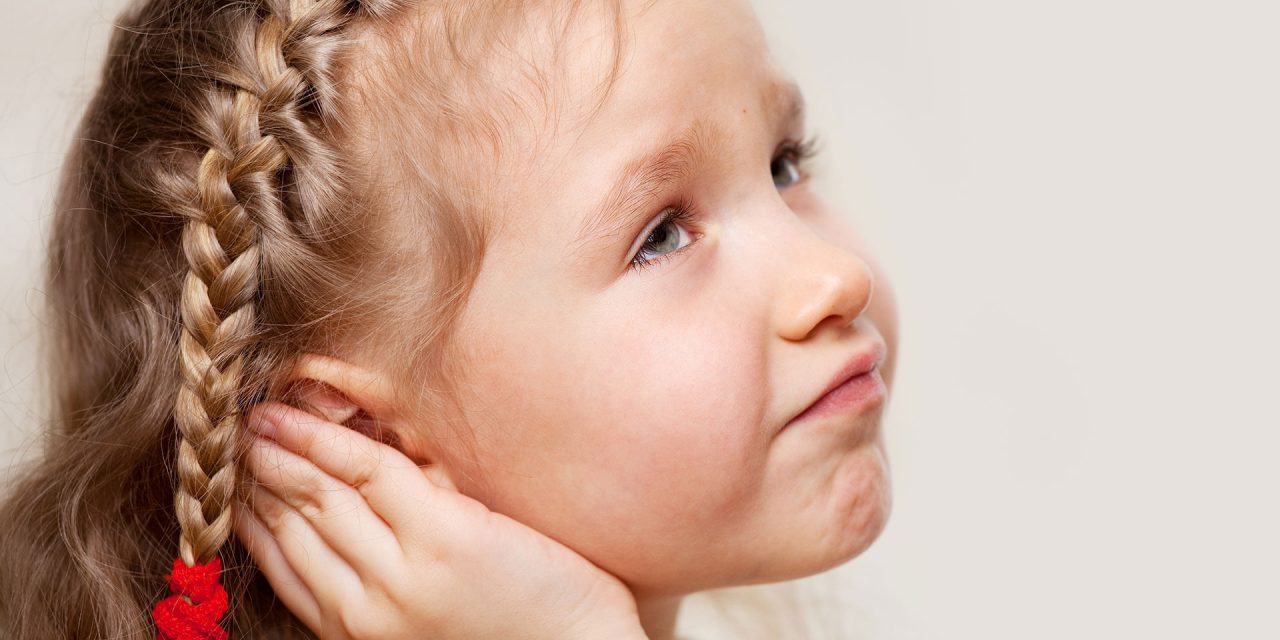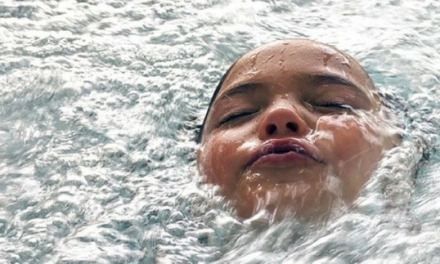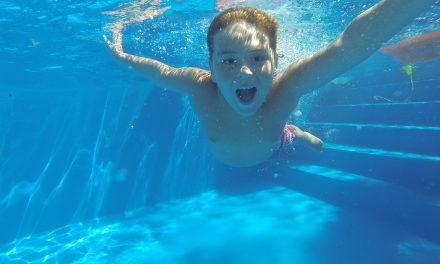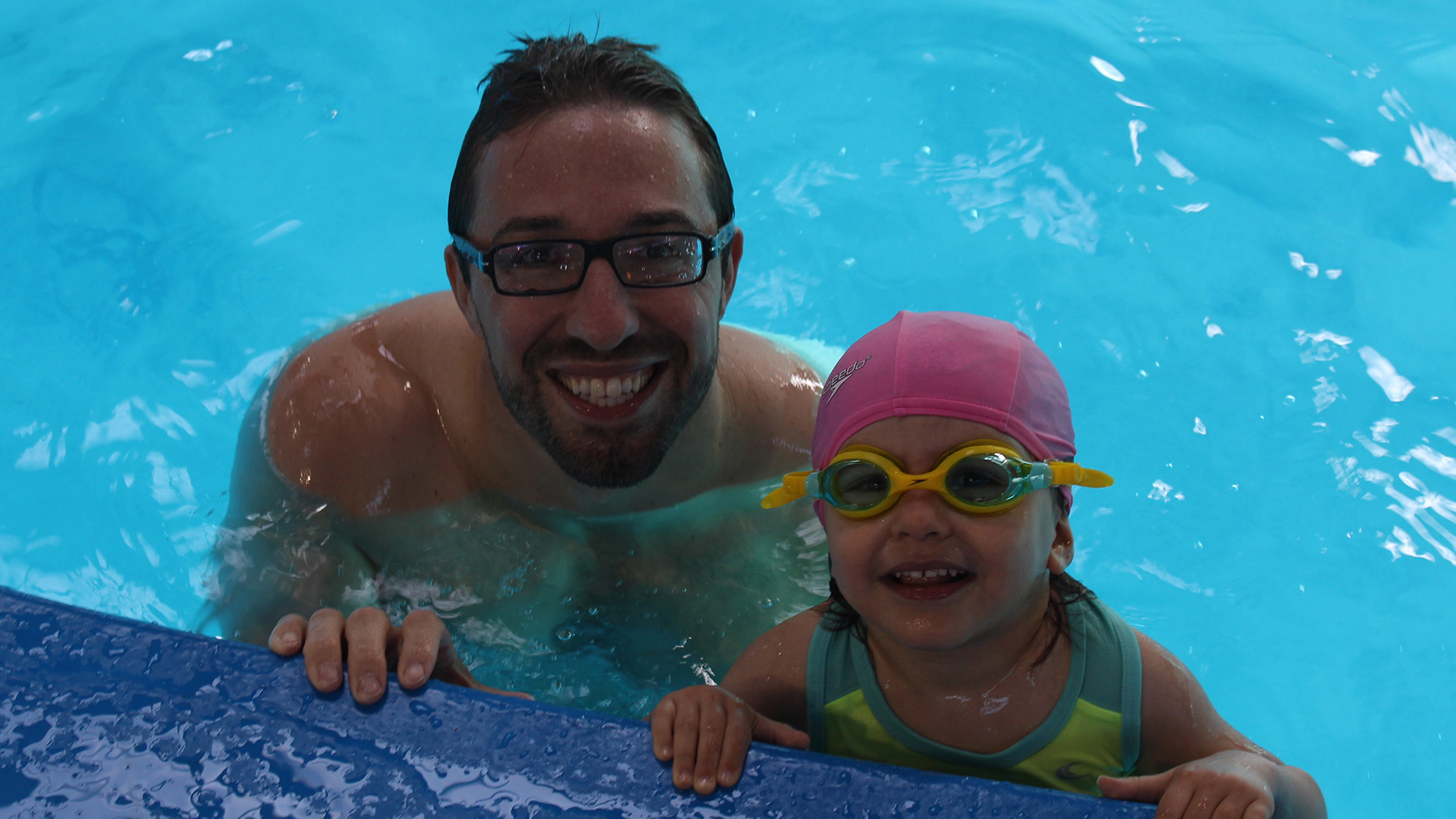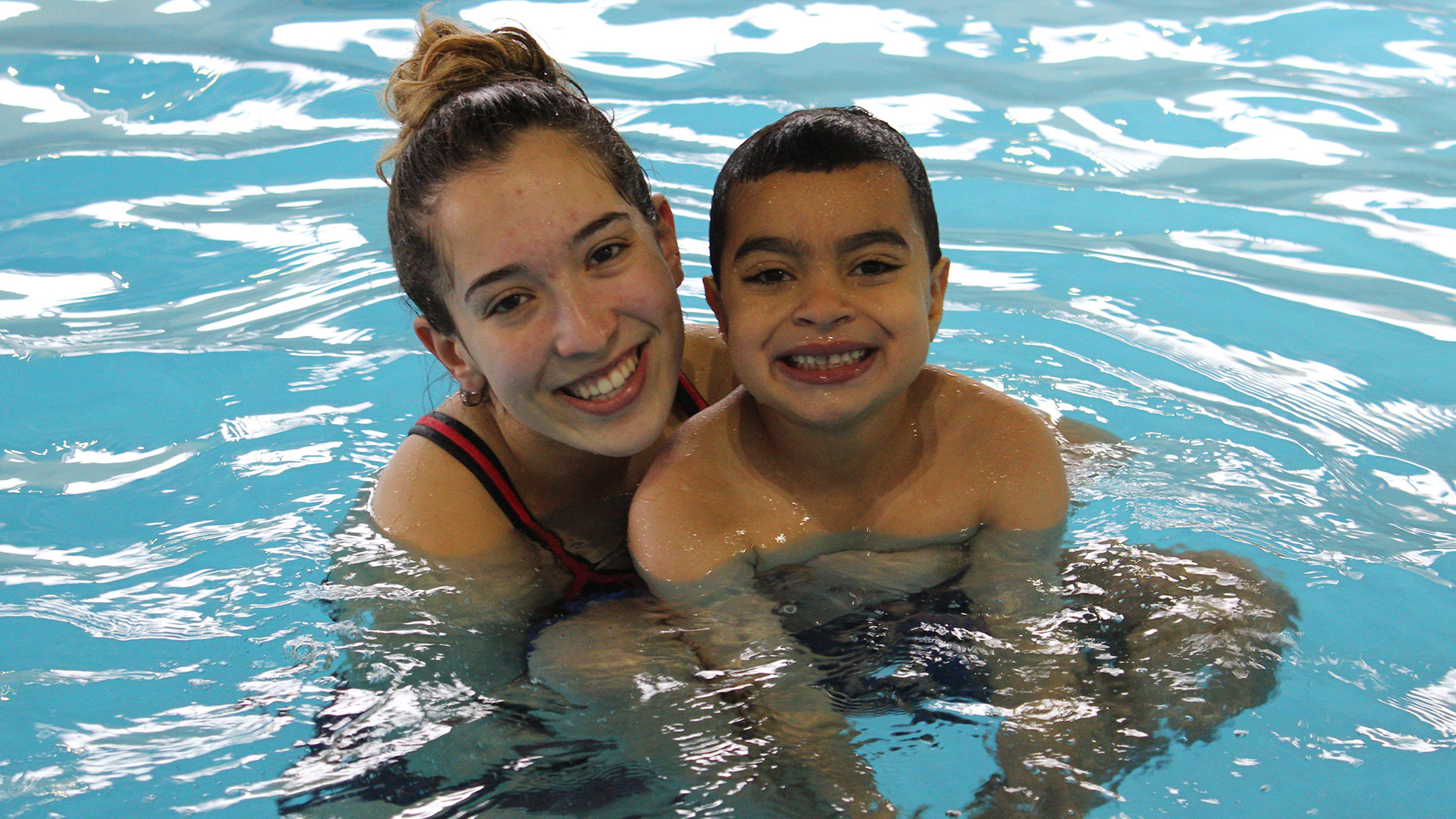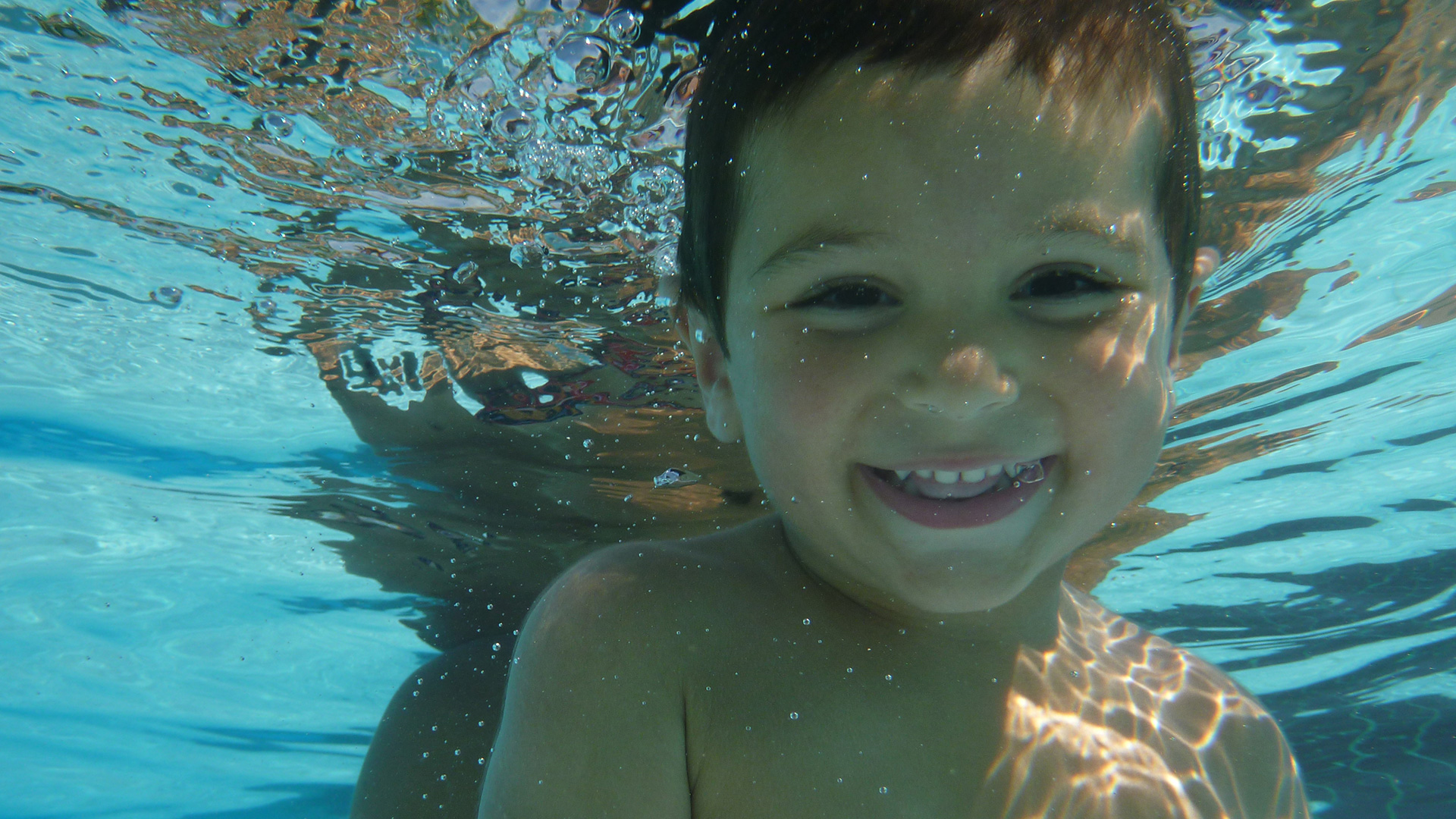Swimmer’s ear is a big problem for people who swim frequently, especially children. When water gets trapped in the ear canal after swimming, it becomes the perfect spot for bacteria and germs to cultivate. If left unchecked it can eventually develop into an outer ear infection that requires medical attention. It’s a fairly common problem, but the good news is there are some easy ways to prevent it!
Check out our tips for preventing swimmer’s ear
Preventing Swimmer’s Ear Before Swimming
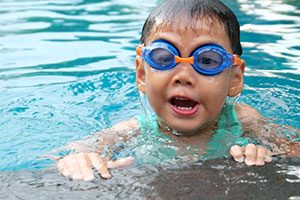
First thing’s first: try not to swim in lakes, ponds, or rivers. If you do, check for posted signs about bacteria levels and whether it’s safe to swim; some areas are worse than others, and at different times of the year. If you’re concerned about swimmer’s ear or have suffered from it in the past, earplugs can be your best friend. Basically, if you can keep water out of your ear canal, you’re much less likely to have a problem. Keep in mind that you should look for earplugs that are designed for swimming, not just regular sound-cancelling earplugs.
You should suspect swimmer’s ear if your child complains about their ear itching, then quickly becomes painful. If your kids are complaining about ear pain before going swimming, don’t exacerbate the problem and stay clear of the water. Here’s an easy way to find out: if you try to pull on the earlobe or press down on the small flap of tissue that covers the ear canal and they experience pain, it’s likely to be swimmer’s ear and any further contact with water will make it worse
Preventing Swimmer’s Ear After Swimming

Swimmer’s ear doesn’t happen immediately. To prevent the condition after exiting the water, have your child tilt his head to one side and shake it after swimming to help the water drain out; then roll a small piece of tissue between your thumb and forefinger and gently insert it a short distance into the ear to absorb the remaining water. Secondly, dry their ears by using a clean towel to gently rub the outside of their ear.
But what happens if your child contracts swimmer’s ear? You’re going to have to look into getting eardrops, or consult a doctor. You can buy over-the-counter eardrops that will help dry up any leftover water if you catch it early. Don’t put eardrops in your ear if you have had any ear pain, ear surgery, or have a tear in your eardrum (perforated eardrum.) In situations like these, if your child is complaining about ear pain and you know it’s been awhile since they’ve gone swimming, it’s best to consult a doctor.
The question kids want to know at this point is when they can swim again. You’ll have to ask your doctor, but be prepared to wait as long as a week to 10 days before the doctor says that it’s okay to get back into the water. Unfortunately, it’s best to stay out of the water entirely during this period, even with earplugs.
Ongoing Considerations

Earwax plays an important role in protecting your ears. So when you try to pry it out, you raise your odds of getting swimmer’s ear.
A lot of parents are surprised when they hear this, but it’s important: never put cotton swabs, hairpins, pen caps, pencils, your finger, or anything hard into your ear canal. The integrity of the skin inside of the ear canal plays a big role in preventing swimmer’s ear, and cuts can make it much worse. Cracked, dry or otherwise impaired skin is an infection waiting to happen. Not only can it make current swimmer’s ear worse, it can make it easier to infect before entering the water. Are you noticing a pattern?
At CSS, we make sure to provide a clean and safe environment you can trust to develop the swimming skills of your child. To book a private lesson, or find a CSS near you, contact us here!
See you at the pool!
LIVE.LOVE.SWIM


